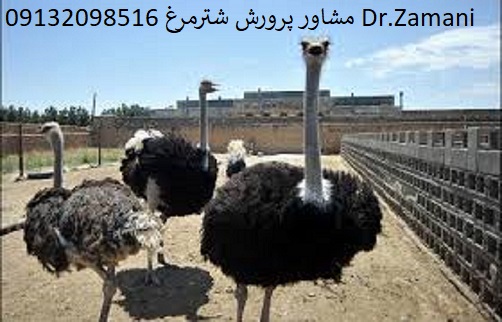مشاور تخصصی شترمرغ
Feathers
Ostrich feathers are used for cleaning fine machinery and equipment as well as for decorations and in the fashion industry. The quality of feathers produced from ostriches raised in Europe and North America differs from those produced in Africa. The best feathers come from the more arid regions of the world.
Ostriches produce red meat that is very similar in taste and texture to veal and beef depending on the age at which they are slaughtered. It is high in protein yet low in fat. A recent United States Department of Agriculture (USDA) publication compared the nutritive value of chicken and beef with that of ostrich meat (Table 1).
The study indicates quite clearly that ostrich meat is far better from the health point of view as it contains far less fat, and particularly less cholesterol, than other types of meat. Lately, with greater consumer awareness of the problems of high cholesterol levels in the blood and the possible association with increased incidences of heart attacks and cardiovascular difficulties, the demand for ostrich meat in the international markets has been growing. The latest statistics show that current ostrich meat production is not enough to meet the increasing demand, whether in Europe, North America or Japan. It is expected that during the next decade, ostrich meat may gradually replace traditional types of meat. It is currently marketed in a variety of ways, including cold cuts, frankfurters, pâté, fillet steaks and sun-dried (jerky or biltong), in addition to fresh mea
دکتر اکبر زمانی
متخصص پرورش شترمرغ
09132098516
دکتر اکبر زمانی
متخصص پرورش شترمرغ
09132098516
Akbarzamani.ir




